Introduction
In August 2023, we embarked on an unforgettable adventure through Egypt, leading us to the breathtaking Abu Simbel Temple. This ancient marvel, linked to the legendary Pharaoh Ramses II, has a rich history that captures the hearts of visitors worldwide. Our adventure started bright and early at 4:00 a.m. when we left our hotel and reached the bank of the Nile to begin.
Crossing the Nile in the Dark
At 4:00 a.m., we had a unique experience of crossing the Nile River in total darkness. It was a little scary as we were the only ones on the river, and some strangers were leading us in a lonely boat. That 10-12 minutes of boat ride must have been the longest of our lives. You could hear the river’s waves, and the boat’s squeaking sound added to the adventure.

The Beginning of the Journey
We reached the other side of the river, and after a few minutes of waiting, a minibus stopped in front of us. We hopped onto this air-conditioned minibus, and the journey began.
Within a few minutes of drive, we reached the outskirts of Aswan, where tourists from different parts of the world gathered in similar buses like ours and from various hotels across Aswan.
Cost and Tickets
The excursion had two main expenses. First, the tour cost, which is sold by operators, agents, etc., is anywhere between $20 to $40, depending on who manages to sell you this trip. This only covers the buses and minibuses that take you to Abu Simbel. Second, there were separate entry tickets for the site itself, which were priced at 400EGP for adults during our visit. Students enjoyed a discounted rate of 200EGP. It’s worth noting that these prices were for foreign visitors, while local tourists paid less. However, we didn’t see any Egyptian tourists there.
Getting in Line and the Rush
When we reached Aswan’s boundary, we witnessed something interesting. Buses and minibuses formed a line, but sometimes drivers would try to cut ahead, leading to arguments. We had to wait until the military gave the signal, and then it was a race to get to the temple. We spent ost of the time in the minibus sleeping as the comfort of this bus was ideal to catch up on sleep.
Facing the Scorching Heat
We arrived at the temple around 8:30 a.m., just as the sun started scorching everything. It was another hot summer day in this part of Egypt, where the sun would quickly put temperatures as much as 45-46 degrees Celsius. Luckily, we had umbrellas for some shade. Some tourists even had battery-powered fans, but it was still sweltering, especially inside the temple, where everyone was taking photos and moving around.
Construction and Purpose: Abu Simbel was commissioned during the reign of Pharaoh Ramses II, often hailed as Ramses the Great, around the 13th century BCE. Its primary purpose was to honour the Egyptian gods Ra-Horakhty, Ptah, and Amun while also serving as a lasting monument to Ramses himself. The temple complex was conceived to commemorate Ramses’ victory at the Battle of Kadesh and to solidify his divine kingship.
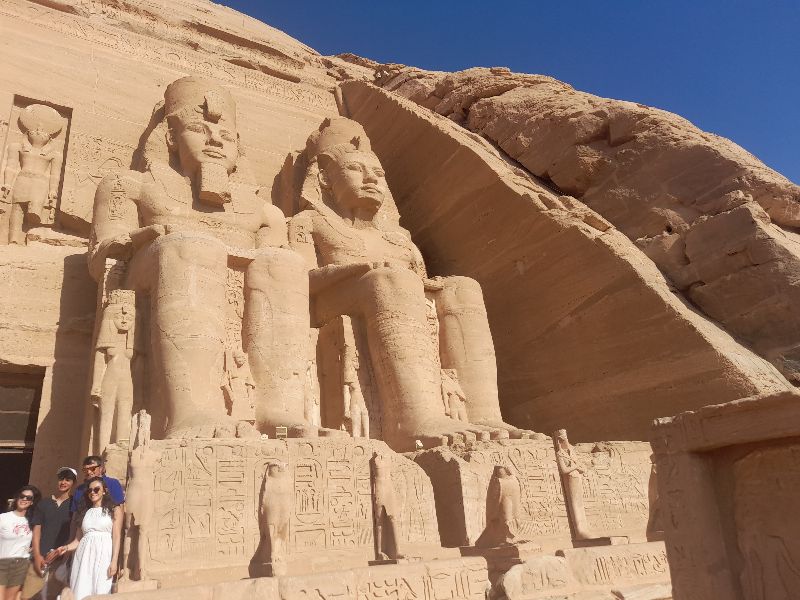
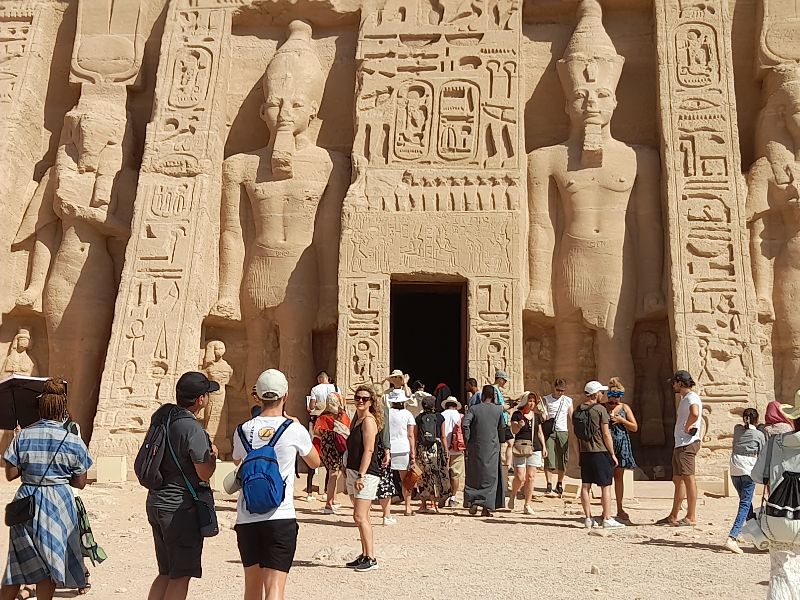
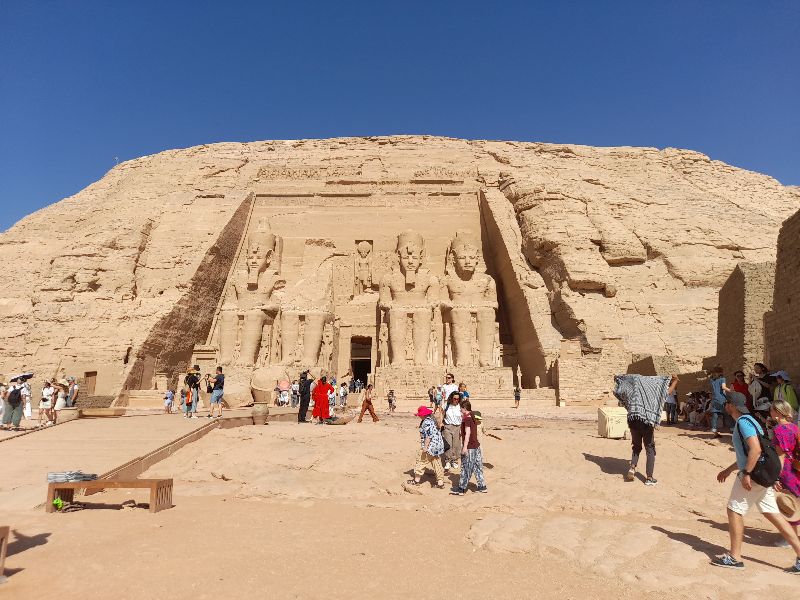
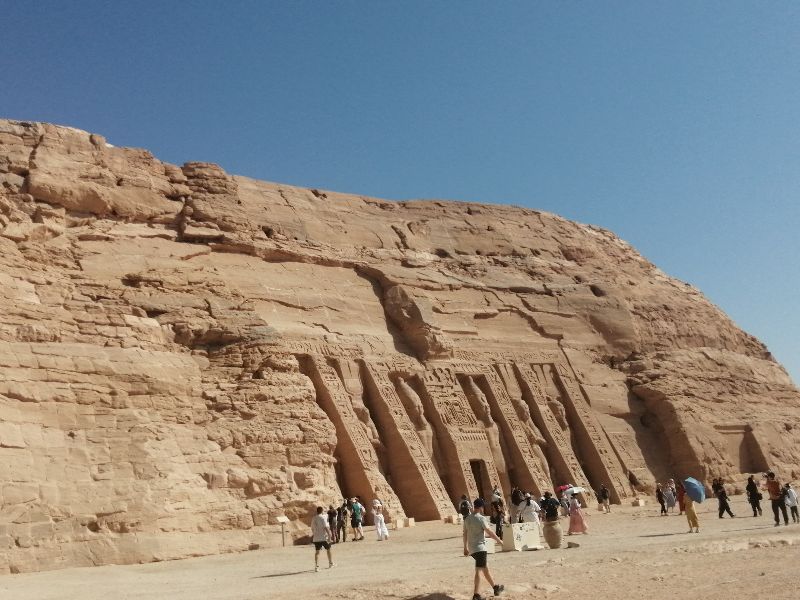
Self-Deification: Ramses II, in his luxury and might, took a path by proclaiming himself a deity. He ordered the construction of the Great Temple at Abu Simbel, adorned with colossal statues of his seated figure, standing at an imposing 66 feet in height. The temple’s façade depicted scenes of his military triumphs and divine right to rule, manifesting his belief in his divinity.
Lesson from History: Abu Simbel reminds us of the dangers of human pride. Ramses’ self-deification led to a regime of oppression and an unwavering demand for worship. However, history teaches us that the grandeur of mortal rulers fades with time, and their claims to divinity perish along with them.





The Modern Rediscovery:
It was in the 19th century that Swiss explorer Jean-Louis Burckhardt rediscovered Abu Simbel. This reawakened the interest in the temple’s historical and architectural significance, leading to its preservation and recognition as a UNESCO World Heritage Site.
Today, Abu Simbel continues to attract visitors from around the world, not as a monument to Ramses’ self-deification but as a testament to the limits of human power and the enduring glory of Allah. It stands as a solemn reminder that only Allah is worthy of worship, and those who claim divinity for themselves are bound to perish, leaving behind only the lessons of history for future generations to ponder.
A Visit to the Marketplace
Before leaving the site, we had to walk through a bustling marketplace filled with vendors trying to make a sale. Some were quite persistent, and a few tourists argued with them. The vendors trick many people, so it’s best to be cautious and avoid falling for their sales tactics.
Heading Back
We returned to Aswan around 2:00 p.m. In our case, we were dropped off at the riverbank and took a ferry to Elephantine Island, where we were staying. This marked the end of a day filled with incredible sights, intense heat, and memories that would last with us forever.

Conclusion
In Conclusion, our trip to Abu Simbel Temple was like a journey through time, giving us a glimpse of ancient Egypt’s grandeur and the legacy of Ramses II. The temple’s stunning architecture, rich history, and captivating Solar Alignment make it a must-visit for anyone exploring Egypt’s historical wonders.
Experience the magic of Abu Simbel for yourself, and let history transport you to the time of pharaohs and their monumental achievements.


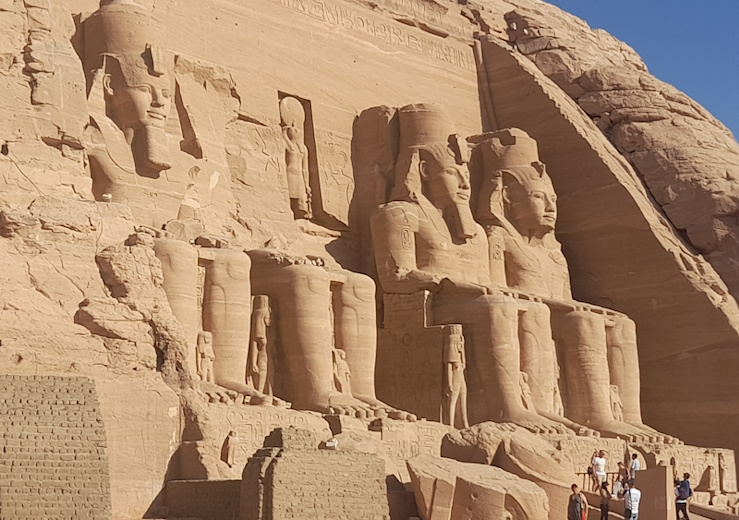


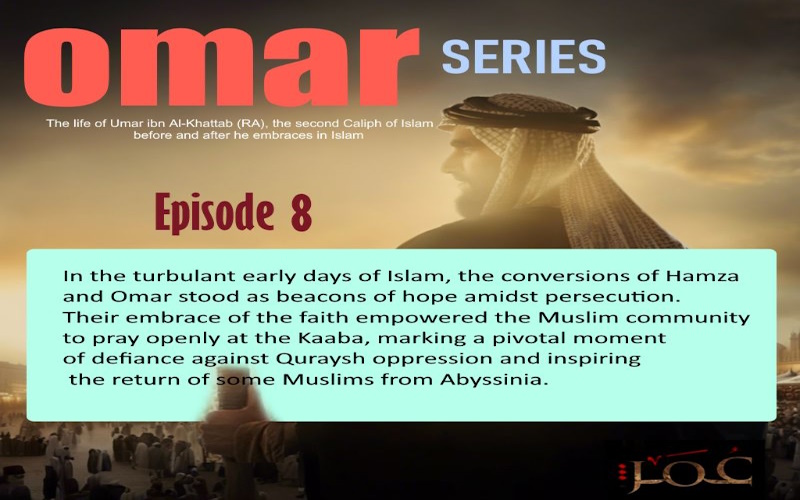

That was a great read. Thank you for this informative travel blog. Egypt is becoming a attractive tourist destination for many travellers especially from the west. The heat is certainly an issue and since it is almost impossible to bear the mid day heat and be out in the open travelling, almost all of the incursions are done early morning.
This paragraph provides valuable information about the expenses involved in the excursion to Abu Simbel. It highlights two main costs: the tour cost, which varies between $20 to $40 depending on the seller, covering transportation to Abu Simbel, and the separate entry tickets for the site itself. It’s interesting to note that during the visit, adult entry tickets were priced at 400EGP, while students received a discounted rate of 200EGP. The paragraph also mentions that these prices are for foreign visitors, with local tourists paying less.
However, it is a bit surprising that there were no Egyptian tourists present during the visit. It would have been insightful to understand the reasons behind this observation. Overall, this information provides helpful guidance for those planning a trip to Abu Simbel, giving them an idea of the expected costs involved